In-situ material with HEIC
Enhancing In-situ Material through High Energy Impact Compaction
High Energy Impact Compaction (HEIC) represents a critical innovation in soil compaction, offering numerous advantages over traditional methods. Particularly, when dealing with in-situ material – the natural soil present at a construction site – HEIC can substantially improve the material’s engineering properties, ensuring the success of diverse projects.
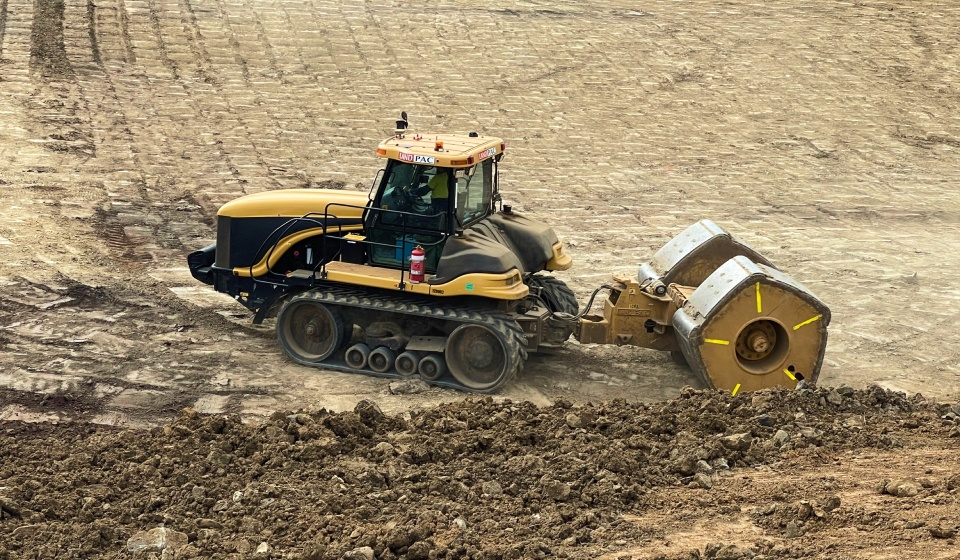
Understanding In-situ Material
In-situ material refers to the original, unmodified soil found on a project site. These soils can vary dramatically in composition, structure, and properties depending on the geographical location and the underlying geological formations. In many construction projects, in-situ materials are utilised as much as possible to reduce costs associated with soil removal and importation of new material.
In-situ material is the native soil or rock that’s located in its original place at a construction site. In-situ materials can vary significantly in composition, depending on the specific geographical location and geological history. Here are the main types of in-situ materials:
Sandy Soil
These are coarse-grained soils, largely made up of sand and gravel particles. Sandy soils have a high permeability rate due to large pore spaces. These soils generally exhibit low plasticity and compaction properties.
Silty Soil
Silty soils are fine-grained soils, characterised by smooth touch. They have smaller particles compared to sandy soils but are larger than clay soils. They can be compacted more easily than sandy soils but are more prone to compaction than clay soils.
Clay Soil
Clayey soils contain the smallest particles among all soil types. They are characterised by high plasticity, and they can change shape without breaking. However, clayey soils have low permeability and can become easily compacted, which can cause drainage issues.
Loam Soil
Loamy soils represent a balanced mixture of sand, silt, and clay. They often are considered ideal for many purposes because they offer the benefits of all three types. They provide good drainage, have high nutrient content, and exhibit good compaction properties.
Peat Soil
Found in marshy or damp areas, peaty soils are organic and contain a high percentage of decomposed plant material, or peat. These soils tend to be darker in colour and have a high water-holding capacity.
Rocky Soil
These consist largely of rock fragments or bedrock. The type of rock (sedimentary, igneous, or metamorphic) and the size of the fragments greatly affect the soil’s physical and chemical properties.
Understanding the type of in-situ material at a construction site is crucial for planning and executing various operations, such as excavation, compaction, and construction. Different soil types respond differently to compaction, and thus it is important to apply the most effective compaction strategy for the specific in-situ material type. For instance, High Energy Impact Compaction (HEIC) is particularly effective in densifying coarse-grained soils and irregularly graded soils, improving the engineering properties of these in-situ materials.
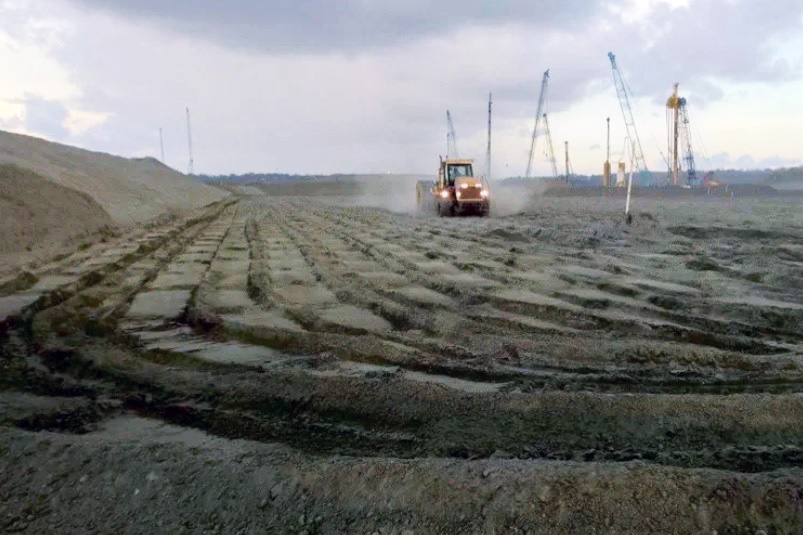
The Importance of Compaction
Compaction is vital for enhancing the characteristics of in-situ material. By densifying the soil, compaction increases its shear strength, reduces its permeability, and enhances its load-bearing capacity – key properties that influence the stability and performance of construction projects.
Increased Compaction Depth: HEIC can reach deeper compaction layers compared to traditional methods, treating a larger volume of the in-situ material. This feature is particularly beneficial when dealing with large construction projects, such as highways, airports, or large buildings, where deep soil stability is critical.
Enhanced Density and Load-bearing Capacity: The high energy impacts delivered by HEIC increase the density of the in-situ material, enhancing its load-bearing capacity and making it suitable to support heavy loads.
Reduced Permeability: By densifying the soil, HEIC reduces the size and connectivity of the soil pores, effectively reducing its permeability. This can be particularly beneficial in projects where water infiltration needs to be minimised, such as in dam or landfill construction.
Improved Long-term Performance: The enhanced compaction achieved by HEIC reduces the potential for future settlement, thereby improving the long-term performance and durability of the constructed facility.
By harnessing the power of High Energy Impact Compaction, Landpac optimises the performance of in-situ materials, supporting project success across a wide range of construction sectors. Landpac’s expertise in HEIC ensures the effective utilisation of local in-situ resources, driving project efficiency and sustainability.
Go where no compactor has gone before
HEIC can make light work of land that other methods of compaction simply can’t touch – including reclaimed or otherwise inaccessible land – opening up new development and commercial opportunities. Get in touch to find out more.
Latest news
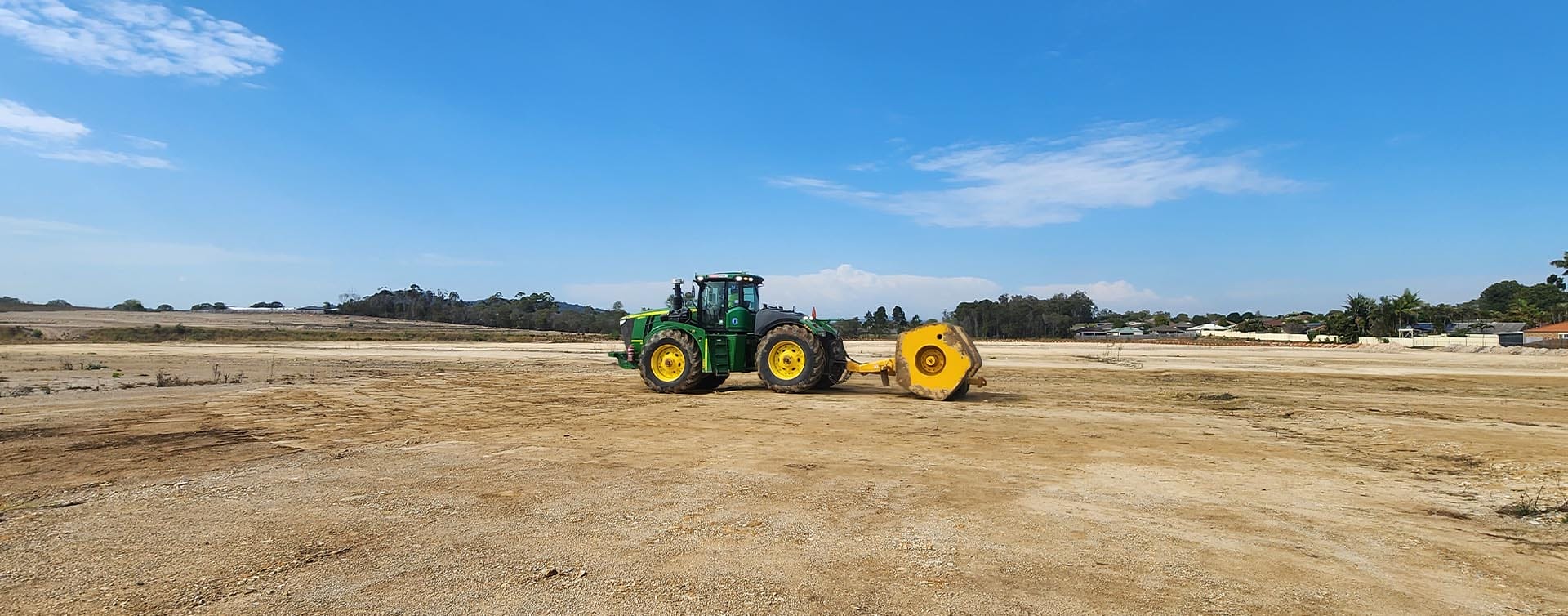
Understanding High Energy Impact Compaction (HEIC)
High Energy Impact Compaction (HEIC) revolutionises ground improvement with its ability to achieve superior soil density and stability. Unlike traditional methods, HEIC uses advanced rollers and compaction technology to penetrate deeper soil layers.
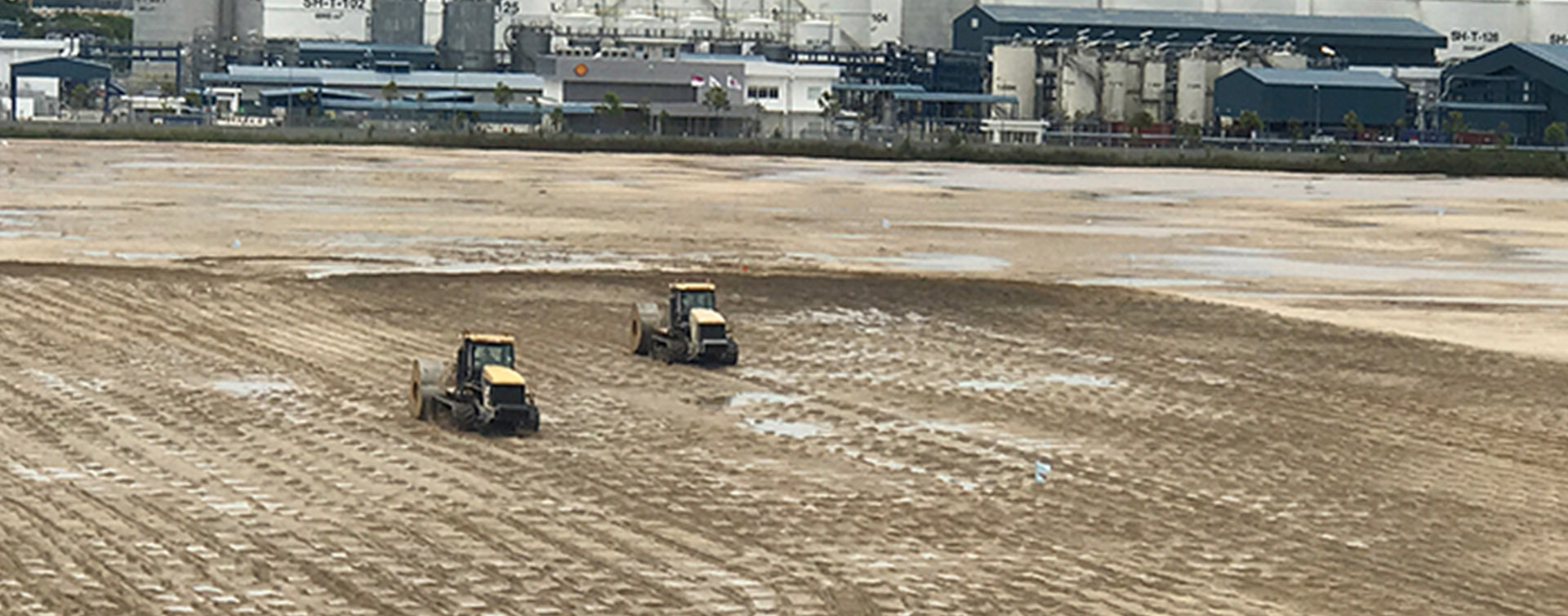
Laying the Foundation: Why ground improvement engineering matters
Ground improvement enhances soil stability and strength, reducing risks and costs in construction. Techniques like HEIC ensure efficient, sustainable solutions for safer infrastructure.
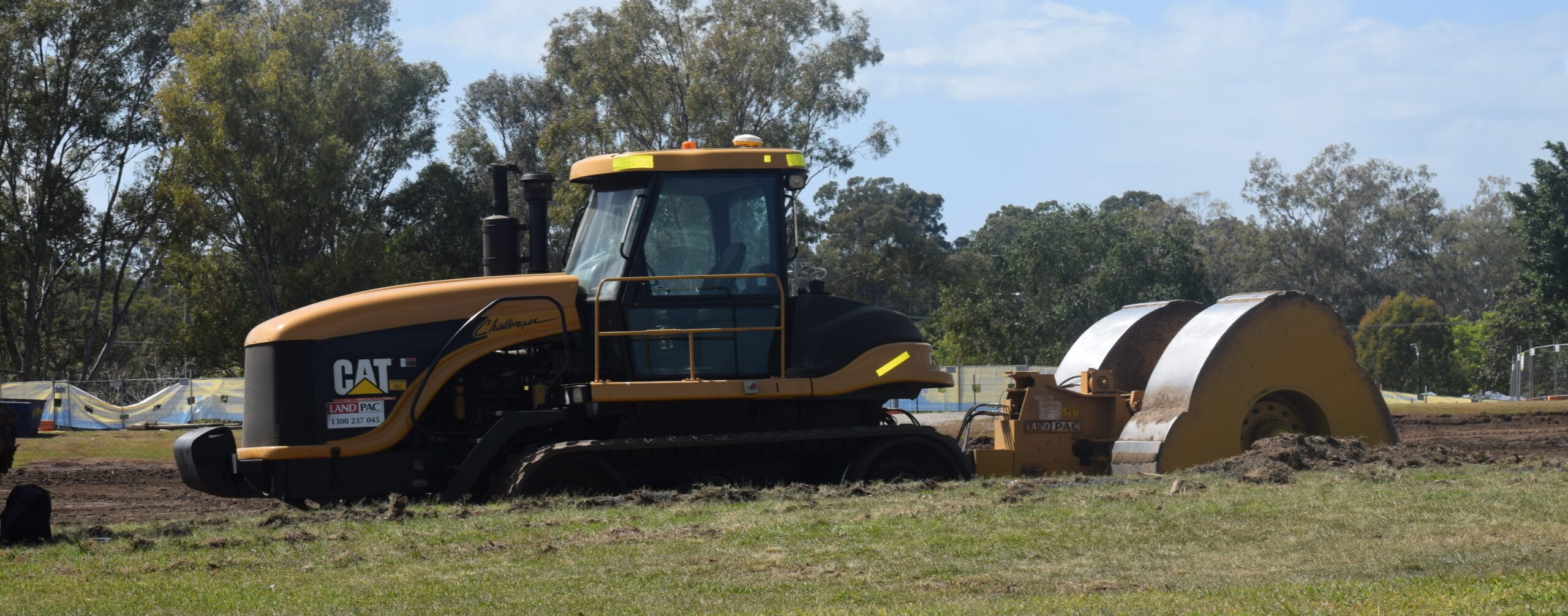
HEIC’s Role in Sustainable Construction Practices
HEIC boosts sustainable construction by stabilising soil, cutting environmental impact, and reusing existing land. It’s a fast, efficient way to build stronger, longer-lasting infrastructure while protecting the environment.
